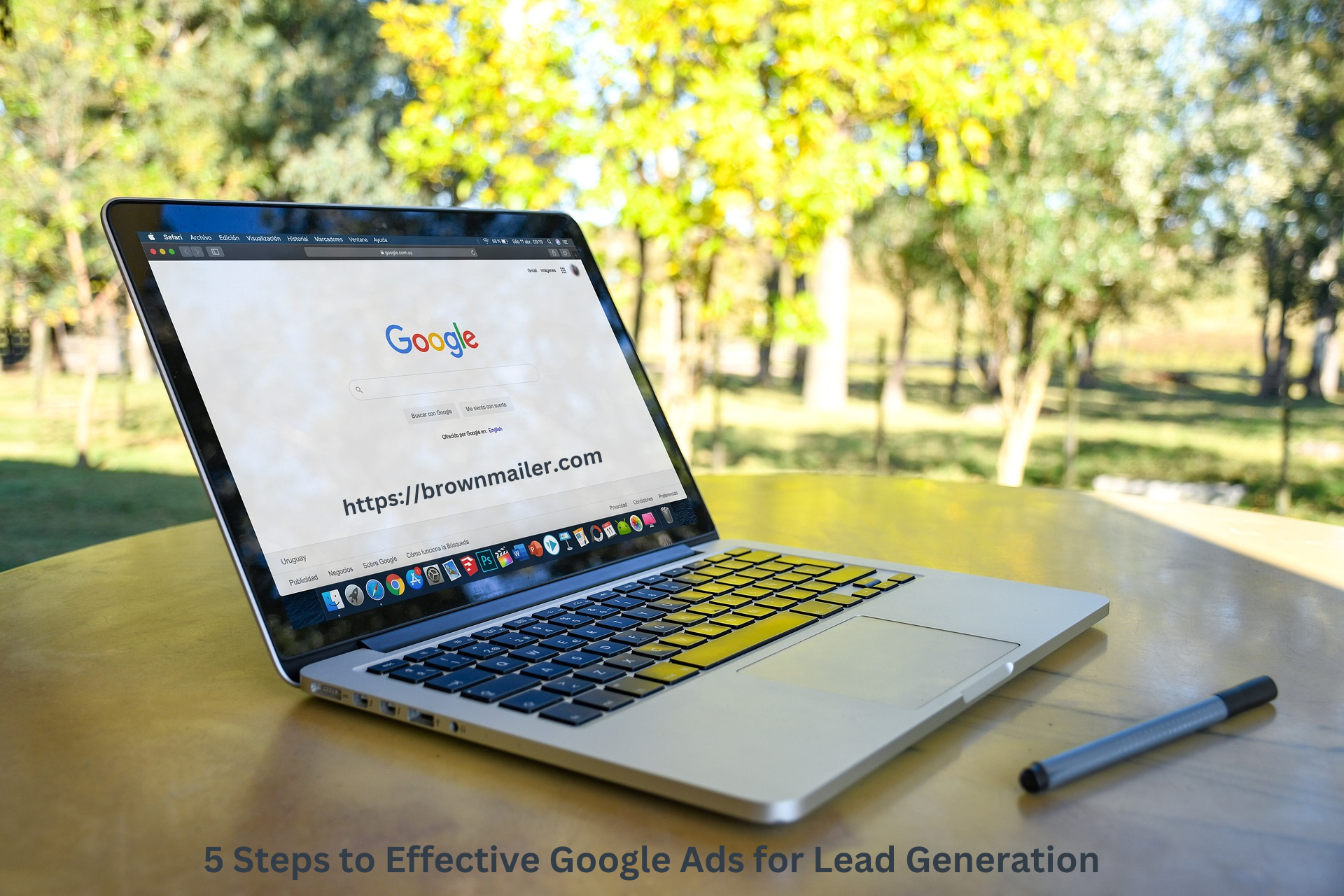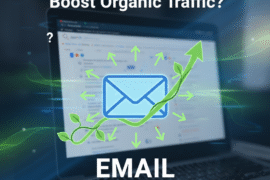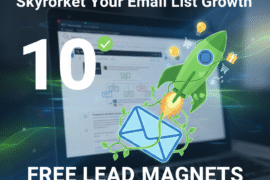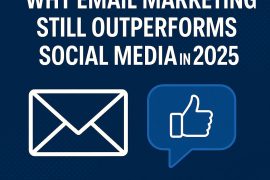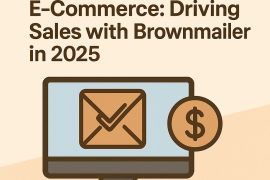5 Steps to Effective Google Ads for Lead Generation
Are you struggling to generate quality leads for your business through Google Ads? You’re not alone. Many marketers find it challenging to create campaigns that attract the right prospects and convert them into valuable leads. However, with the right approach, Google Ads can be a powerful tool for lead generation. By following a strategic process, you can maximize your ad spend and achieve impressive results. In this article, you’ll discover five essential steps to create effective Google Ads campaigns that drive qualified leads to your business. Whether you’re new to Google Ads or looking to improve your existing campaigns, these actionable tips will help you boost your lead generation efforts and achieve your marketing goals.
What is Lead Generation?
Lead generation is the process of identifying and attracting potential customers, known as leads, to your business’s sales funnel. It’s a critical strategy for driving business growth and success in today’s competitive market.
The Essence of Lead Generation
At its core, lead generation aims to capture the interest of prospective customers in your products or services. This process involves creating and nurturing relationships with potential clients, guiding them through the buyer’s journey towards a purchase decision. By implementing effective lead generation strategies, you can expand your customer base and increase revenue over time.
Key Benefits
Lead generation offers numerous advantages for businesses:
- Optimized sales efforts by focusing on qualified leads
- Cost-effective marketing compared to traditional advertising
- Improved brand awareness and thought leadership
- Better understanding of customer needs
According to Sendoso, lead generation helps businesses expand their market, boost revenue, and generate new opportunities through partnerships and collaborations. It also eliminates the need for cold calling by providing a steady flow of warm leads.
The Lead Generation Funnel
Leadfeeder explains that the lead generation funnel typically consists of three stages:
- Top of the Funnel (TOFU): Attracting a wide audience with educational content
- Middle of the Funnel (MOFU): Capturing leads with gated content addressing pain points
- Bottom of the Funnel (BOFU): Converting prospects into customers
By understanding and optimizing each stage of this funnel, you can create a powerful Google ad strategy for lead generation that drives results.
Why is Lead Generation Important for Brands?
Lead generation is a critical component of business growth and success. By attracting and converting potential customers, brands can establish a consistent influx of qualified prospects, ensuring a steady revenue stream and return on investment.
Expanding Market Reach and Brand Visibility
Effective lead generation strategies help brands expand their market reach by identifying new customer segments and increasing brand awareness among target audiences. This expanded visibility can lead to new business opportunities, partnerships, and collaborations, further fuelling growth.
Driving Revenue and Business Growth
Companies with successful lead generation programs see up to 133% more revenue than those without. By focusing on attracting high-quality leads and nurturing them through the sales funnel, brands can significantly improve their conversion rates and overall business performance.
Enhancing Customer Engagement and Loyalty
Lead generation isn’t just about acquiring new customers; it’s also about building a community of engaged, loyal followers. By creating targeted, relevant content and personalizing marketing efforts, brands can foster stronger connections with their audience, leading to increased customer retention and long-term success.
The Lead Generation Process
Attract Potential Leads
The first step in effective Google ad lead generation is attracting potential customers. Create compelling ad copy with a clear value proposition and call-to-action. Utilize a mix of keyword-targeted campaigns on both the Google Search and Display Networks to maximize visibility. Leverage audience targeting to reach users most likely to be interested in your offering.
Capture Lead Information
Once you’ve attracted attention, it’s crucial to capture lead information efficiently. Implement Google Ads lead form extensions to allow users to submit their details directly within the ad, reducing friction in the lead capture process. Ensure your landing pages are optimized for conversions with user-friendly forms and compelling content.
Nurture Leads
After capturing lead information, nurture these prospects to move them further down the sales funnel. Develop a systematic approach to follow up with leads promptly. Utilize email marketing, retargeting campaigns, and personalized content to keep your brand top-of-mind and provide value throughout the customer journey.
Convert Leads to Customers
The ultimate goal of lead generation is converting prospects into paying customers. Map out your lead-to-sale journey to identify key touchpoints and optimization opportunities. Implement conversion tracking to measure the effectiveness of your campaigns and continuously refine your approach based on data-driven insights.
How to Generate Leads with Google Ads
Define Your Target Audience
The foundation of effective lead generation through Google Ads lies in understanding your audience. Research your target demographic using tools like Google Search Console to gain insights into their interests and behaviours. This knowledge will guide your keyword selection and ad content creation.
Craft Compelling Ad Content
Create ad copy that resonates with your audience and highlights your unique selling points. Include a clear call-to-action to encourage users to take the desired action. Utilize ad extensions to improve visibility and click-through rates.
Optimize Your Landing Page
Ensure your landing page aligns with your ad messaging and is optimized for conversions. Design an engaging page with prominent conversion opportunities to increase the likelihood of generating leads.
Monitor and Adjust Your Campaigns
Continuously test and optimize your ads based on performance data. Track key metrics such as click-through rate, cost per click, and conversion rate. Make data-driven adjustments to improve your campaign’s effectiveness.
Measure and Analyse Your Results
Implement conversion tracking to measure the success of your lead generation efforts. Analyse which ads and strategies are most effective in driving leads. Use this data to refine your approach and maximize your return on investment in Google Ads for lead generation.
Lead Generation Strategies and Techniques
Effective Marketing Strategies for Lead Generation
In today’s competitive digital landscape, implementing effective lead generation strategies is crucial for business growth. One key approach is to create detailed buyer personas and target your audience precisely. This allows you to tailor your messaging and offerings to their specific needs and pain points. According to Sender, leveraging remarketing campaigns can help you reconnect with website visitors who have shown interest but haven’t converted yet.
Proven Lead Generation Techniques
To maximize your lead generation efforts, consider implementing these proven techniques:
- Develop valuable, problem-solving content to attract and engage potential leads
- Utilize lead magnets such as e-books, checklists, and webinars to capture contact information
- Optimize landing pages and lead generation forms for higher conversion rates
Cognise suggests simplifying lead generation forms to improve conversion rates by collecting only essential information. Additionally, leveraging contextual data and intent signals can help identify and engage with accounts actively searching for your solution.
By combining these strategies and techniques, you can create a robust Google ad campaign that drives qualified leads and boosts your business growth.
FAQs About Lead Generation
What is Lead Generation?
Lead generation is the process of attracting and capturing potential customers’ interest in a product or service, guiding them into the sales funnel. It helps businesses identify and engage prospects, nurturing them into qualified leads that can be converted into paying customers, ultimately driving revenue growth. This crucial marketing strategy involves defining buyer personas, creating engaging content, and capturing valuable information from potential clients.
Why is Lead Generation Important?
Lead generation is vital for business growth and sustainability. It enables companies to build a pipeline of potential customers, ensuring a steady flow of opportunities for sales teams. By focusing on lead generation, businesses can:
- Increase brand awareness
- Improve targeting of marketing efforts
- Boost conversion rates
- Enhance customer relationships
How Do You Improve Lead Quality?
To improve lead quality, consider the following strategies:
- Define clear objectives and metrics for your Google ad campaigns
- Leverage analytics tools to track and optimize performance
- Tailor content to your target audience’s pain points
- Implement a lead scoring system to prioritize high-potential leads
- Align sales and marketing teams for seamless lead nurturing
What are the Best Tips for Effective Lead Generation?
To develop an effective lead generation strategy, focus on:
- Identifying your target persona and their specific needs
- Creating valuable, problem-solving content
- Optimizing your website and landing pages for conversions
- Utilizing multiple channels to distribute content
- Continuously monitoring and adjusting your strategy based on performance metrics
By implementing these tips, you can create a robust lead generation framework that drives sustainable business growth.
Conclusion
As you implement these five steps for effective Google Ads lead generation, remember that success requires ongoing optimization. Regularly review your campaigns, test new ad variations, and refine your targeting to improve performance over time. Stay informed about industry trends and Google Ads updates to maintain a competitive edge. With a strategic approach and consistent effort, you can harness the power of Google Ads to generate high-quality leads for your business. By focusing on relevant keywords, compelling ad copy, optimized landing pages, precise targeting, and diligent tracking, you’ll be well-positioned to achieve your lead generation goals and drive sustainable growth through this powerful advertising platform.

